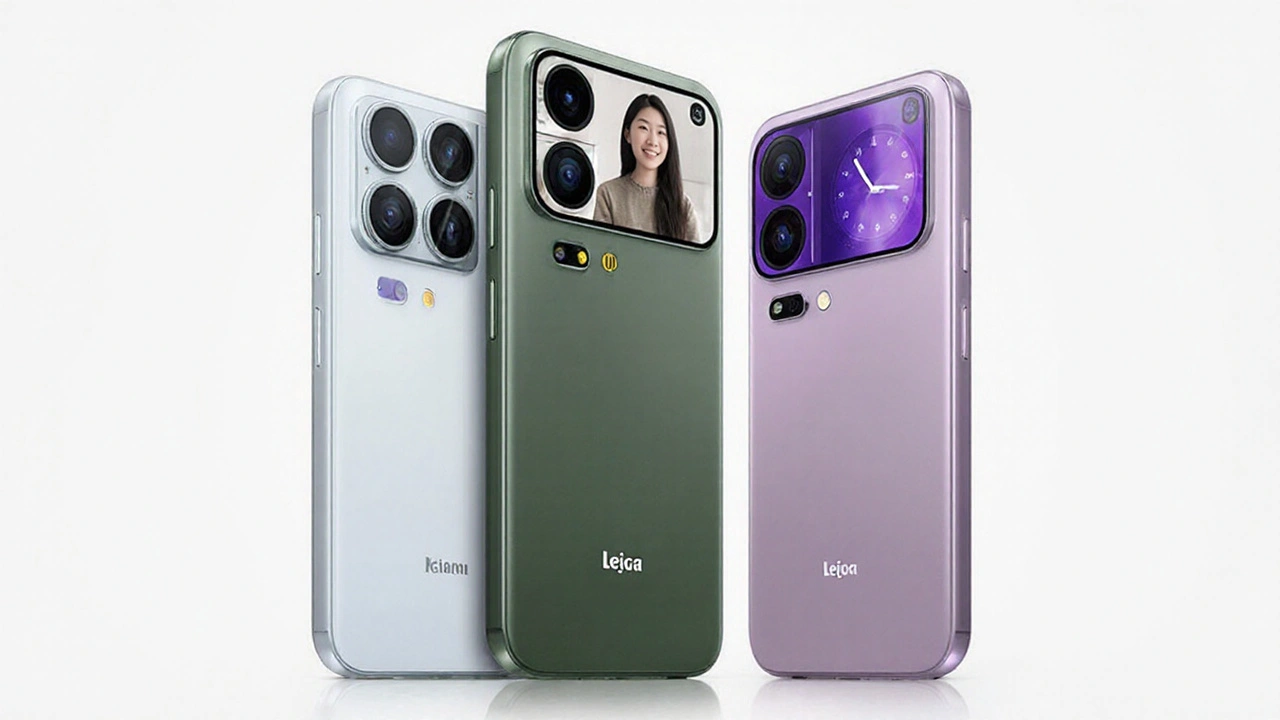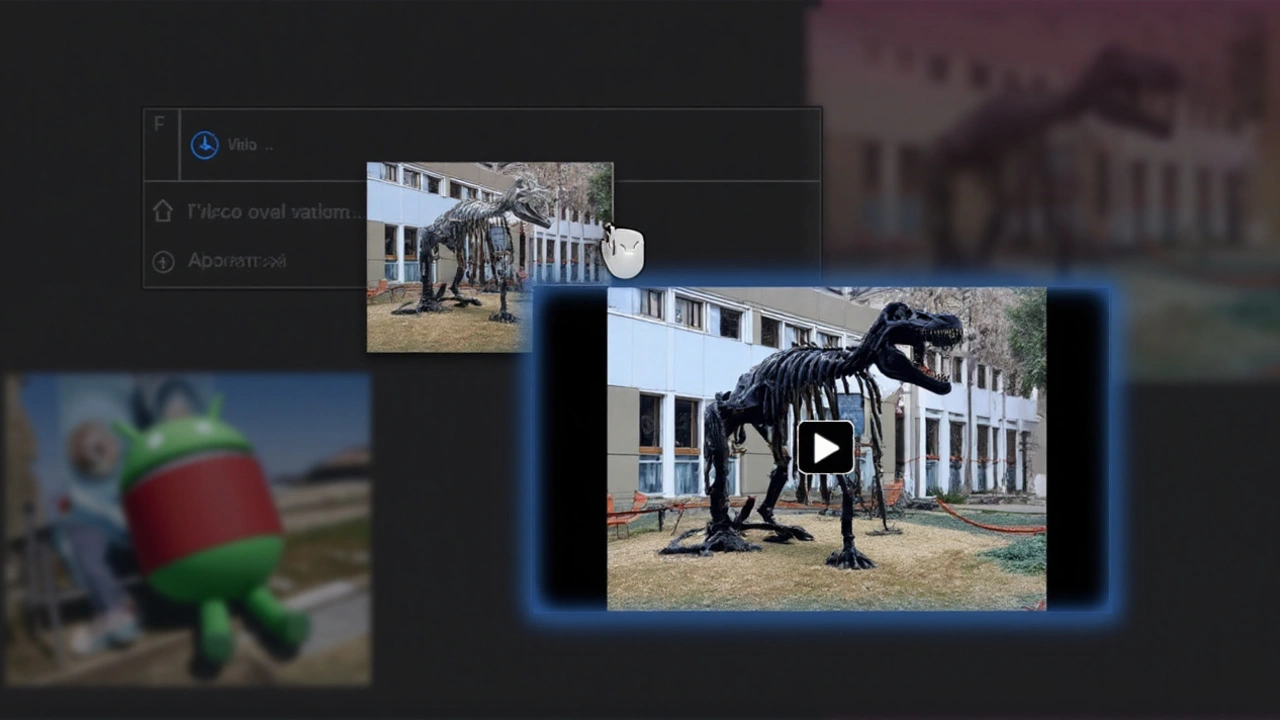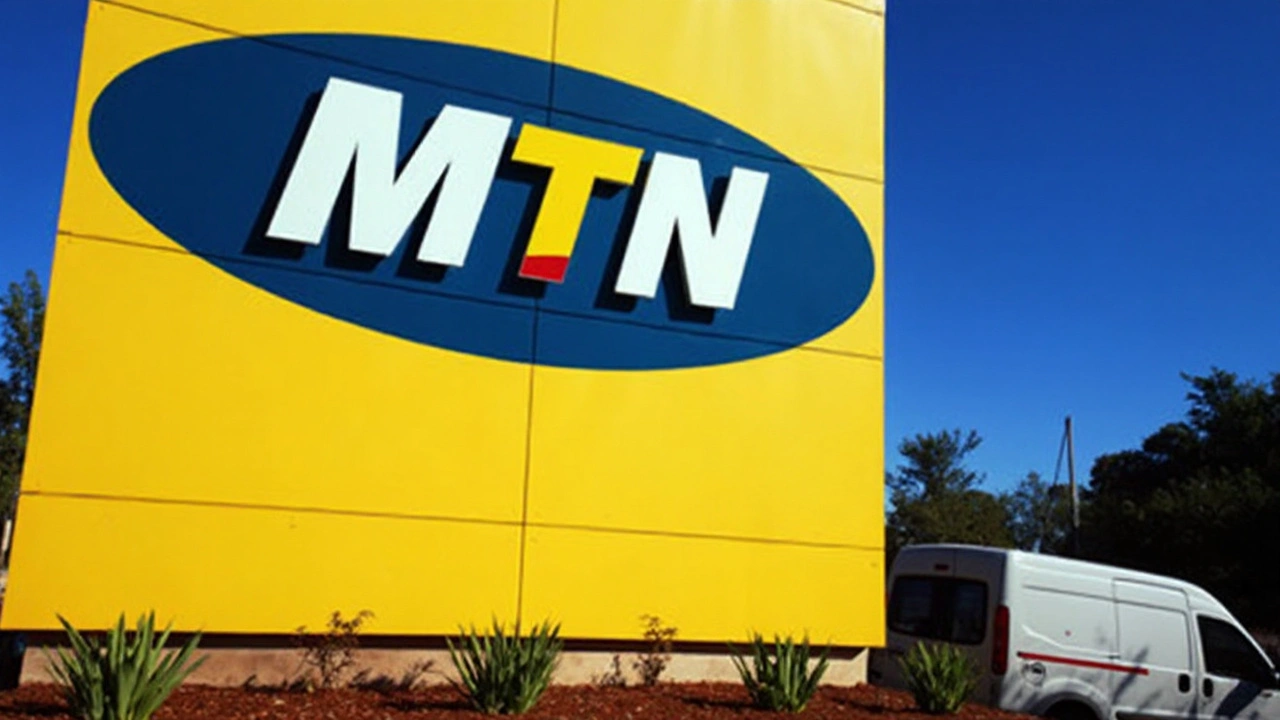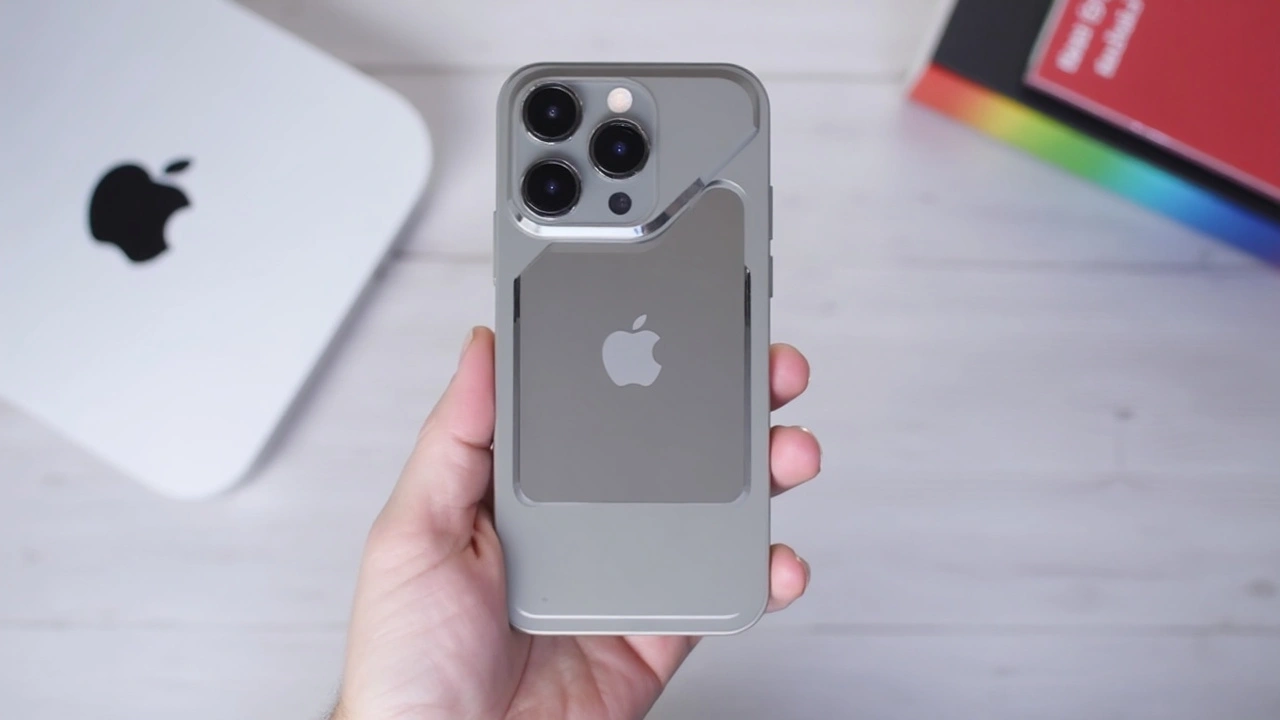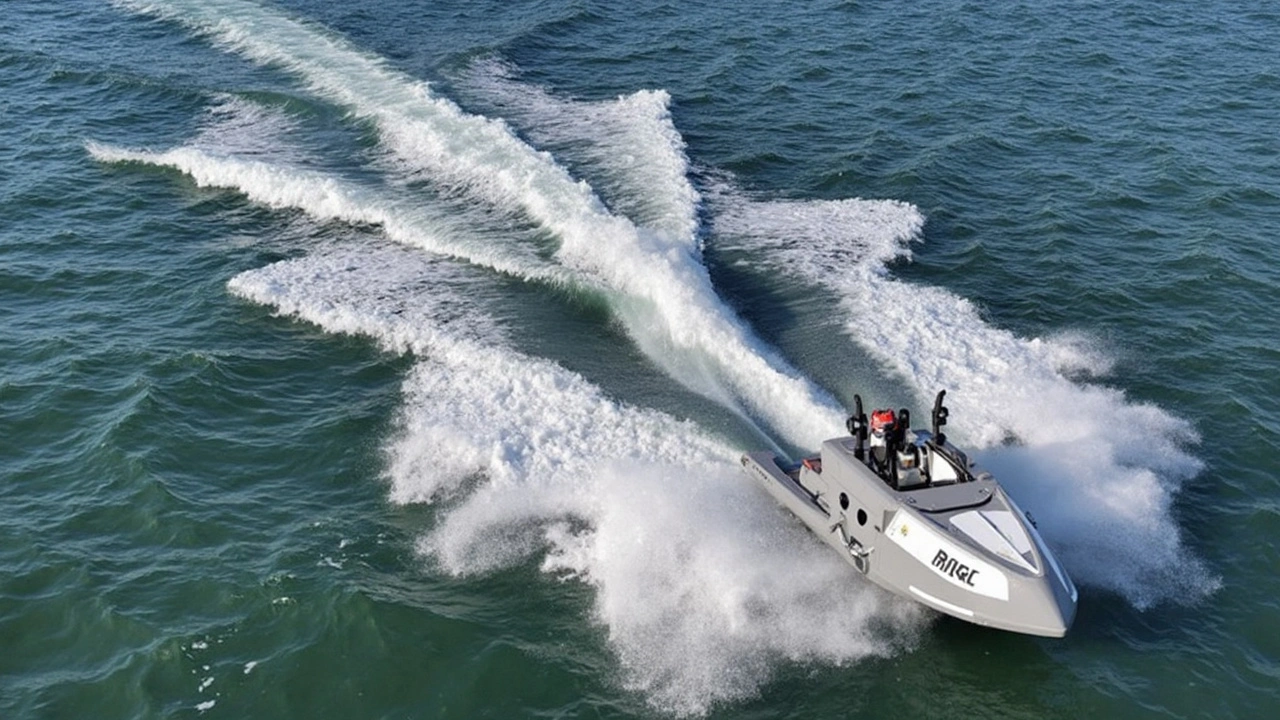- Chelsea Pursues Another Victory Against Panathinaikos in UEFA Conference League Clash Oct 24, 2024
- Ghana’s Historic Leadership Transition: John Mahama's Inauguration as President Jan 8, 2025
- Manchester United Nears Blockbuster Signing of Matthijs De Ligt from Bayern Munich Jul 4, 2024
- Exciting Champions League Clash: Sporting CP vs Manchester City Preview and Predictions Nov 5, 2024
- Victor Wembanyama Shines As France Takes Silver in Paris Olympics Basketball Final Against USA Aug 12, 2024
Technology news shaping Africa now: coverage deals, flagship phones, and unmanned boats
Three tech stories right now tell you where things are heading: telecoms fixing coverage gaps, phone makers racing on camera and AI, and defence firms rolling out drone boats fast. Each affects how you work, travel and stay safe — so here’s what matters and what you can do about it.
Telecoms: national roaming that actually helps users
MTN and 9mobile just signed a national roaming deal approved by Nigeria’s NCC. That means about 2.8 million 9mobile customers can use MTN’s larger network where 9mobile is weak. Practically, you should expect better call quality and fewer dead zones in rural areas once the switch is live. If you’re on 9mobile, ask your provider when roaming kicks in, and check if your plan or SIM needs an update. Watch for changes to data tariffs — improved coverage doesn’t always mean lower bills.
Flagship phones: what the iPhone 17 Pro signals for buyers
Apple’s iPhone 17 Pro (expected Sept 2025) brings major camera and chip upgrades: a 48MP telephoto lens, A19 Pro chip, 12GB RAM, Wi‑Fi 7 and Apple’s own 5G modem. iOS 19 ships with the phone, though deeper on-device AI is likely next year. For shoppers in Africa, that means better low-light and zoom shots, faster performance for video and editing, and stronger 5G compatibility — but confirm local band support before buying. If you want AI features now, compare high-end Androids too; they may offer similar tools sooner and sometimes at a lower price.
Quick tips: check carrier 5G bands, compare battery life tests from trusted reviewers, and consider trade‑in offers to cut the upfront cost.
Drone boats: a fast step into unmanned maritime operations
SubSea Craft revealed the MARS USV, a drone boat built in 100 days. It’s designed for naval missions, resupply, sensor work and launching UAVs. That speed of development is notable — it shows defence tech is moving fast and could soon be used for coastal security, surveillance, or even civilian tasks like search and rescue and ocean mapping. For coastal communities and navies, the practical impact is better patrol reach and lower risk to human crews. Keep an eye on exports, local contracts, and whether regional shipyards will adopt similar designs.
So what ties these stories together? Faster product cycles, closer industry partnerships, and the push to fill infrastructure gaps. For you that means services get better more quickly but also that rules and prices can change fast. To stay ahead: follow regulator updates (like the NCC), check carrier coverage maps before you travel, read hands‑on phone reviews, and watch local procurement news for maritime tech contracts.
Bookmark this Technology page and check back often — we’ll flag the practical changes that affect your phone, your connection and your coastlines as these stories develop.
Xiaomi 17 Series Launch Brings Snapdragon 8 Elite and 100W Charging to China
- Katlego Sean Mahaye
- Sep 27, 2025
On September 25, 2025 Xiaomi rolled out its new 17, 17 Pro and 17 Pro Max phones in China. All three run the upcoming Snapdragon 8 Elite Gen 5 chip and a 6.3‑inch OLED screen with M10 tech. The Pro models boast a rear Dynamic Back Display and a new RGB pixel stack for power savings. Bigger batteries and 100W wired charging come standard, with prices from 4,499 to 5,999 yuan.
Google Gemini AI Retro Saree Craze Goes Male: How Men Are Using Nano Banana Prompts
- Katlego Sean Mahaye
- Sep 21, 2025
The viral Gemini AI retro saree craze has morphed from women’s Bollywood‑styled edits into a full‑blown creative wave for men. Using the free Nano Banana feature in Gemini 2.5 Flash, users craft vintage Navratri posters, garba‑ready looks and cinematic portraits with simple text prompts. The process is quick, unlimited and requires only a photo upload. Social platforms are buzzing with high‑quality, drama‑filled images that blend traditional Indian attire with retro aesthetics.
MTN and 9mobile Ink National Roaming Deal to Boost Coverage and Connectivity in Nigeria
- Katlego Sean Mahaye
- Jul 9, 2025
MTN Nigeria and 9mobile have signed a major national roaming agreement, letting 9mobile’s 2.8 million customers tap into MTN’s wide network. Approved by the NCC, the deal targets rural coverage gaps as 9mobile leases spectrum to MTN, promising better data and call quality across key regions and showing a new level of telecom industry collaboration.
iPhone 17 Pro: Apple Reinvents Its Flagship With Huge Camera and AI Upgrades for 2025
- Katlego Sean Mahaye
- May 28, 2025
Apple’s iPhone 17 Pro, coming September 2025, is packed with bold upgrades: a 48MP Telephoto camera, speedy A19 Pro chip, 12GB RAM, Wi-Fi 7, a sleeker display with metalens tech, and Apple’s own 5G modem. iOS 19 launches with the phone, but next-level AI features aren’t expected until 2026.
UK’s MARS Drone Boat Breaks Cover: The Fast-Tracked Revolution in Naval Warfare
- Katlego Sean Mahaye
- May 7, 2025
British firm SubSea Craft has unveiled the MARS USV—a highly adaptive, multi-mission drone boat built in just 100 days. Geared for naval warfare, it uses advanced sensors, supports UAV launches, and handles resupply missions autonomously, marking a leap in unmanned maritime defense.
